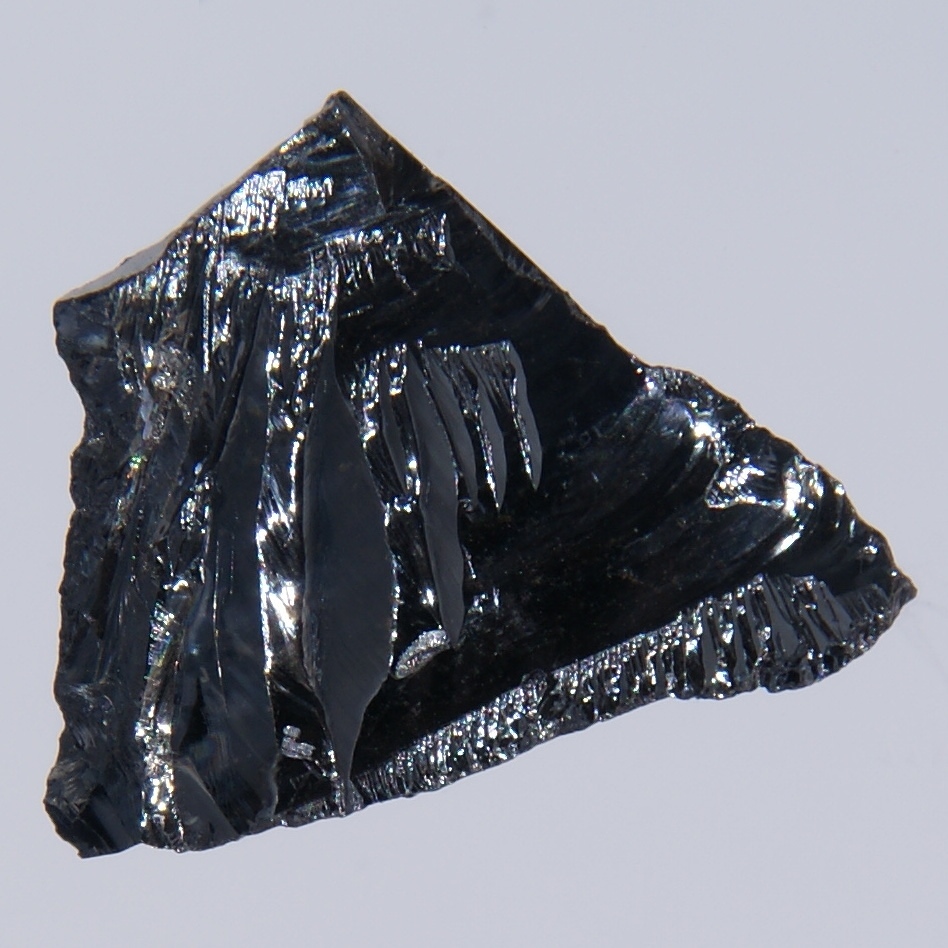Silicon is a chemical element with atomic number 14 and silicon is located in Group 14 of the periodic table. Silicon is a metalloid that has properties of both metals and non-metals. Silicon exists in two allotropic structures. Allotropes are types of a component with various physical and chemical properties. One allotrope is sparkly, grayish-dark, needle-like crystals, or level plates. The second allotrope has no crystal structure and typically appears as a dark colored powder.
The boiling point of Silicon is about 2355 Celsius and the melting point of Silicon is 1410 Celsius. Its density is 2.33 grams for each cubic centimeter. Silicon has a hardness of around 7 on the Mohs scale.
Silicon is a semiconductor.
Silicon is a generally inactive element at normal temperature. Silicon doesn't mix with oxygen or most other components. Water, steam, and most acids have almost no effect on Silicon. At higher temperatures, silicon turns out to be significantly more responsive. In the liquid state, for instance, it joins with oxygen, nitrogen, sulfur, phosphorus, etc. Silicon additionally forms various combinations effectively in the liquid state.
Silicon is the second most abundant element on Earth giving the first place to oxygen. Silicon has three naturally occurring isotopes: silicon-28, silicon-29, silicon-30.
Silicon is acquired by heating silicon dioxide with carbon. Carbon replaces the silicon in the compound. The silicon obtained is 96 to 98 percent pure. Numerous uses of silicon require an extremely pure item. Techniques have been created to deliver silicon that is at least 99.97 percent pure silicon. This type of silicon is called hyper-pure silicon.
Data on the health impacts of silicon is constrained. A few investigations demonstrate that silicon might be required in little sums by plants and a few other living creatures. In general, silicon most likely has no positive or negative impacts on human health. In any case, a serious health problem called silicosis is related with silicon dioxide (SiO2).

Applications:
Silicon is used in electronic devices; silicon is used in transistors and other components of electronics.
Silicon is utilized to produce solar cells, rectifiers, and some parts of computer circuits.
Almost all glass contains silicon dioxide.
Silicon is used in alloys (with iron and steel, aluminum, and copper) to strengthen the product or to remove impurities from the product.
Silicon alloys are used in construction of large buildings, bridges, and ships, trains and other transportation vehicles.
Silicon is used in cosmetics, hair conditioners, engine blocks, cylinder heads and machine tools, waterproof sealant.
For Related Products, please visit:
Comments
Post a Comment